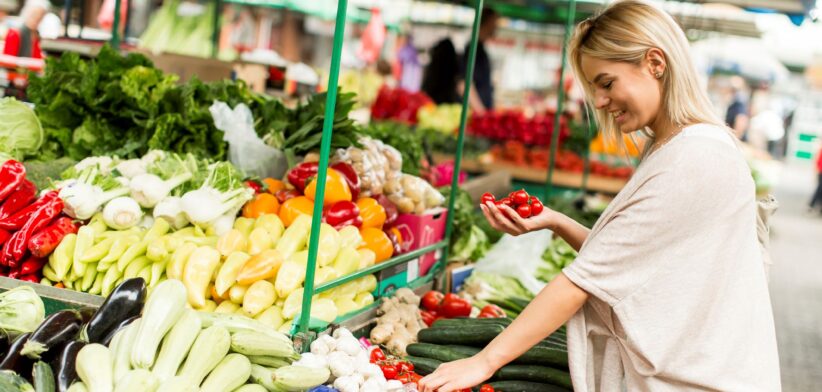Housing and food prices, including a more than six percent rise in the cost of fruit and vegetables, drove a one percent rise in the Consumer Price Index (CPI) last quarter.
Australian Bureau of Statistics (ABS) data released today showed a 1.0 per cent rise in the June 2024 quarter, for an annual inflation rate of 3.8 percent.
ABS Head of Prices Statistics Michelle Marquardt said the June quarter rise was the same as the 1.0 percent rise in the March quarter.
“The annual rise of 3.8 percent for the June quarter is up from 3.6 percent in the March quarter,” Ms Marquardt said.
“This is the first increase in annual CPI inflation since the December 2022 quarter.”
She said the most significant contributors to the June quarter rise were housing (+1.1 percent) and food and non-alcoholic beverages (+1.2 percent), with the quarterly growth in housing driven by rents (+2.0 percent) and new dwellings purchased by owner-occupiers (+1.1 percent).
“The continuing tight rental market and low vacancy rates caused rental prices to go up 2.0 percent for the quarter, following a 2.1 percent rise in the March 2024 quarter,” Ms Marquardt said.
She said higher labour and material costs drove the 1.1 per cent rise this quarter for construction of new dwellings, with the rise in food and non-alcoholic beverage prices driven by fruit and vegetables (+6.3 percent), meals out and take away food (+0.6 percent), and meat and seafood (+1.3 per cent).
“Fruit and vegetable prices rose this quarter as unfavourable growing conditions drove higher prices for grapes, strawberries, blueberries, tomatoes and capsicums. This was the highest quarterly rise for fruit and vegetables since 2016,” Ms Marquardt said.
She said the annual CPI rise to 3.8 percent showed a slightly higher annual inflation for both goods and services than in the March quarter.
“Prices rose for goods such as tobacco, new dwellings, automotive fuel and fruit. Annual services inflation continued to be impacted by higher prices for rents and insurance,” Ms Marquardt said.








